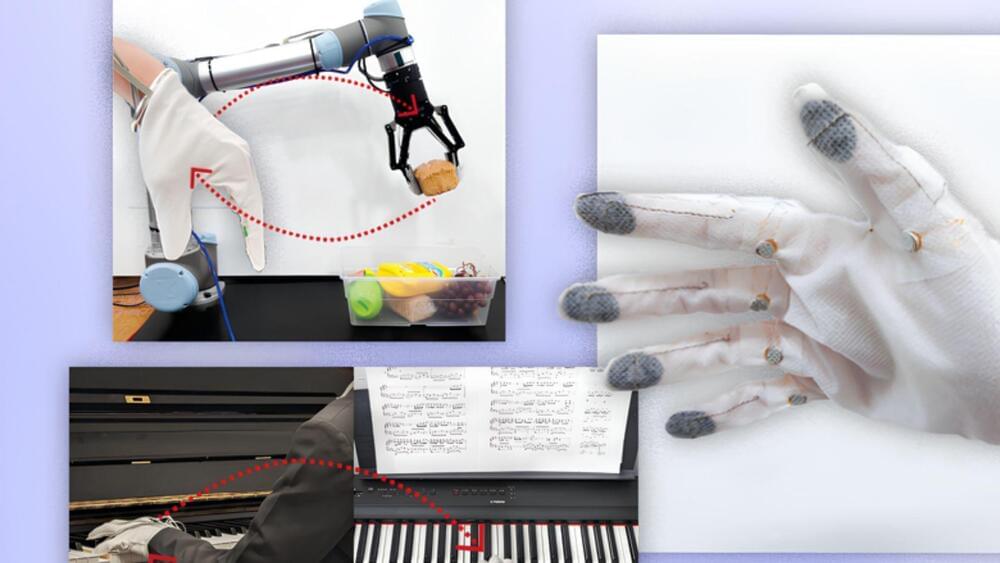Can virtual reality (VR) be tailored to explore larger areas and allow users to “walk” around their environment? This is what a recent study published in IEEE Transactions on Visualization and Computer Graphics hopes to address as a team of international researchers have developed a new VR system called RedirectedDoors+ that can allow users to expand their environments beyond the real-world physical boundaries, such as walls and doors. This study holds the potential to not only expand VR environments but also drastically reduce the real-world environments that are typically required for VR experiences.
“Our system, which built upon an existing visuo-haptic door-opening redirection technique, allows participants to subtly manipulate the walking direction while opening doors in VR, guiding them away from real walls,” said Dr. Kazuyuki Fujita, who is an assistant professor in the Research Institute of Electrical Communication (RIEC) at Tohoku University and a co-author on the study. “At the same time, our system reproduces the realistic haptics of touching a doorknob, enhancing the quality of the experience.”








